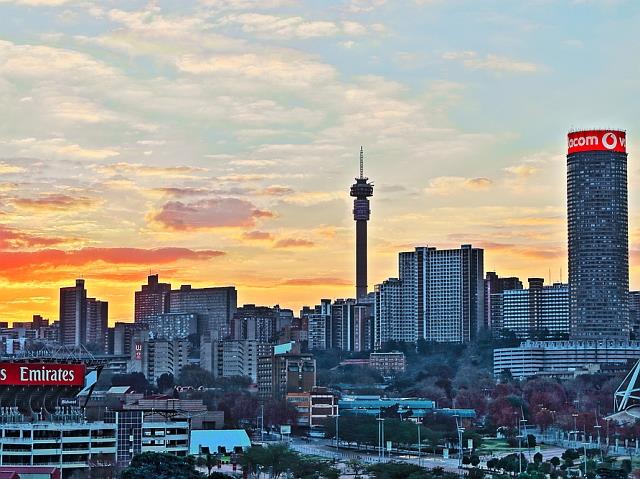The factors affecting Johannesburg’s rental market
The rental market in many Johannesburg suburbs has shown encouraging signs of revival this year, but it remains a competitive market and landlords who best cater to their market’s needs will reap the healthiest returns.

This is according to Shaun Groves, Rental Specialist for Lew Geffen Sotheby's International Realty in Gauteng, who adds that the market is by no means out of the woods yet.
“There has certainly been a healthier appetite and good uptake for rental property, especially during the second quarter of 2018, but I can’t say that it’s due to a massively improved sentiment as landlords and tenants are still very concerned,” he says.
“If there has been positive sentiment, it has come from expats renting high-end homes. Many are committing to long-term leases as they believe that there is a lot of money to be made in Africa.”
In 2017, the entry to middle market sectional title sector in Sandton took the hardest knock with a spike in vacancies and a sharp drop in yields while ‘The Parks’ area was generally the most resilient, and the situation has not changed much this year despite renewed activity in the sector.
“There are currently in excess of 2 000 apartments available for rental in the Sandton CBD, and once Embassy Towers, Acropolis and Masingita Towers are completed over the next few months the market will be even more competitive,” says Groves.
He adds that Embassy Towers may, however, find better traction in this market if the units are realistically priced as it’s without doubt the new benchmark in luxury apartment living.
“Despite uncertain economic times and rental yields that are generally plateauing, The Parks always seem to remain more resilient and, although even here landlords have felt the pinch to a degree as rentals have remained flat, at least they have not decreased. Given the lack of stock in these areas and the general inability to develop further, I don’t foresee the situation changing any time soon,” says Groves.
While the rental market may not be booming, there are still solid returns to be made if investment buyers do their homework.
“Potential buyers should always consult with rental managers or senior rental agents when they are looking to buy to let as they will generally have the most thorough understanding of the prevailing market conditions. Far too often, I see inexperienced sales agents giving poor advice about where to buy,” says Groves.
“Middle-income areas near good schools remain ever popular and if I were to be drawn into where I would be investing my own money at the moment, I would look to Duxberry - an absolute gem of a suburb, secure, good value and close to the French school.”
He adds that a number of established rental agencies, along with his own branch, in Fourways have recorded record months this year.
Lew Geffen, Chairman of Lew Geffen Sotheby’s International Realty, says that the commercial market is also still feeling considerable pressure this year, with an increase in office vacancy rates.
“By the end of Q1, vacancies had risen to 12.9% compared to 12.6% the previous quarter, which is the highest vacancy rate since 2010,” says Geffen.
“However, despite this fact, Johannesburg continues to be the first-choice location for many corporates due to continued developer interest in the city.”
Groves says if landlords are negotiable on rentals and increases, price their properties competitively and offer a well-maintained product in a sought-after area, there is no reason why they would not yield good returns - both in the short and long term.
Author Property 24
